Pineal gland
The pineal body (pineal gland) corpus pineale (glandula pinealis), which is sometimes called the upper appendage of the brain, is an unpaired gland. This is a small triangular-oval formation, somewhat flattened in anteroposterior direction.
Its top of the iron is directed to the rear, the base - to the front. It is located under the thickening of the corpus callosum, on the upper hills of the plate of the roof of the midbrain, not covering them, but filling the larger longitudinal groove between them.

The pineal body is covered by the duplication of the soft dura mater (in the preparation of the latter, it is easy to remove the gland together with it).
The longitudinal size of the gland in an adult reaches 1.0-1.2 cm, transverse 5-8 mm, thickness 4-5 mm; Weight to 0.25 g. In children these dimensions are somewhat smaller. The usual grayish-pink color of the gland can vary depending on the filling of its blood vessels. Surface slightly roughened; Consistency somewhat dense.
From the sides of the base of the pineal body by means of leashes, habenulae, each of which extends into the brain strips of the thalamus, striae medullares thalami, is associated with the latter. At the end of the leash there is an extended section - the triangle of the leash, trigonum habenulae, in its thickness lie the nuclei of the leash, the nuclei habenulae. The right and left leashes are joined together by a soldering of leashes, commissura habenularum; In front of it, on the side of the posterior surface of the cavity of the third ventricle, there is a pineal recess, recessus pinealis. This deepening is the remainder of the gland cavity, which is present during the period of embryonic development.
A small depression above the gland is the supratenal recessus, recessus suprapinealis, is a blind protrusion, the walls of which are formed from above by the vascular plexus, from below - by the upper surface of the gland.
The gland parenchyma consists of lobules separated by a thin layer of trabeculae penetrating into the body thickness from the connective tissue covering the gland. The lobules of the gland are formed by glial tissue, abundantly provided with blood vessels. With age, the number of cells decreases, the mass of connective tissue increases and, in the form of yellowish granules, lime salts are abundantly deposited - the so-called brain sand, acervulus cerebri.
The pineal body produces the hormone melatonin . This hormone inhibits the function of the pituitary gland and gonads, and also participates in the activity of other endocrine glands (thyroid gland, adrenal glands) that provide many kinds of metabolism. In addition, melanin activates the division of skin pigment cells. The pineal body plays the role of a kind of "biological clock" that regulates the daily and seasonal activity of the organism.
Innervation: sympathetic fibers from the upper cervical nodes of sympathetic trunks and fibers connected to the nuclei of the leads are sent to the epiphysis along the walls of the incoming vessels.
Blood supply: branches from the middle and posterior cerebral arteries. Venous blood flows into the vascular plexus of the third ventricle, plexus choroideus ventriculi tertii.

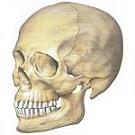
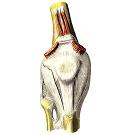
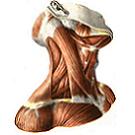
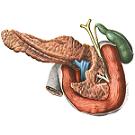
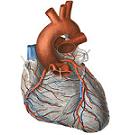

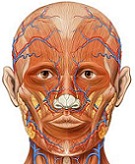

Comments
Commenting on, remember that the content and tone of your message can hurt the feelings of real people, show respect and tolerance to your interlocutors even if you do not share their opinion, your behavior in the conditions of freedom of expression and anonymity provided by the Internet, changes Not only virtual, but also the real world. All comments are hidden from the index, spam is controlled.